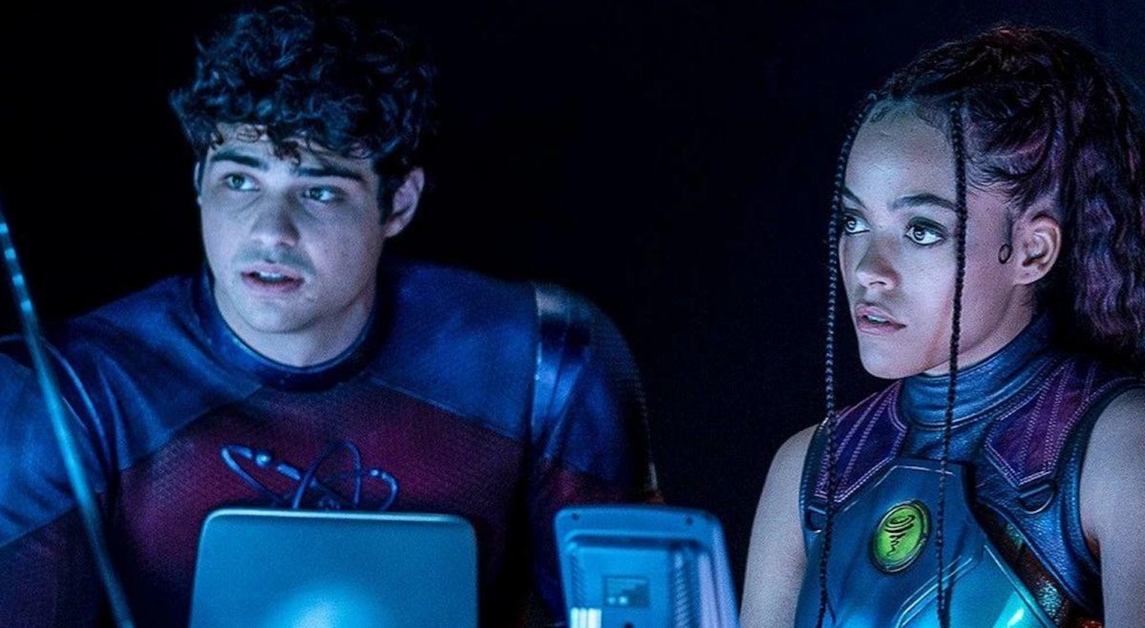★★★☆☆
Black Adam is a superhero film that tries its hardest to show you that its hero isn’t so heroic.
The film, DC Comics’ latest movie, pits Teth-Adam (Dwayne “The Rock” Johnson) against a group of by-the-book heroes from the Justice Society of America, including Hawkman (Aldis Hodge), Dr. Fate (Pierce Brosnan), Atom Smasher (Noah Centineo), and Cyclone (Quintessa Swindell).
The main difference between the Justice Society and Teth-Adam is that the latter is willing to kill, while the former believes in justice and due process.
The film sets up a question of morals early on as to how far is too far for heroes to go for the purpose of the greater good. Black Adam pretends that this moral debate is at the core of the film, but it ultimately trades that message in for a big-budget, explosive third act.
The film wastes its potential for a deeper purpose, leaving the audience feeling like they watched just another generic action movie that prioritized action and CGI over plot and emotion.
“Everyone has a philosophical difference in the movie,” Johnson said in a press conference.
It’s a shame that by the end of Black Adam, there’s only one definitive answer to that debate.
Black Adam opens 5,000 years before most of the film takes place. It’s then that wizards who deem Teth-Adam worthy of defending the rights and safety of his people give him his powers. If this sounds familiar to DC fans, you’re onto something because the same thing happens to Billy Batson in 2019’s Shazam! Both movies feature the same wizards.
When Teth-Adam starts to use these powers to kill his foes, though, the wizards draw the line, and they curse him to a tomb for 5,000 years.
Right off the bat, the movie presents audiences with the fact that the generous wizards are against killing and Teth-Adam is against bad guys, doing anything to stop them. The setup leaves the audience unsure of where to draw the line, which keeps the audience engaged and questioning whether it can support the titular character.
Teth-Adam awakes from his banishment in the modern world and is thrown into a plot to stop a villain with a powerful, demonic crown who plans to wreak havoc on Teth-Adam’s home.
The Justice Society’s introduction deepens the debate of Teth-Adam’s morality, as the clear-cut heroes choose not to kill, and they’re quick to villainize Teth-Adam and condemn his killing streak.
The rivalry between heroes leads to impressive CGI battles between protagonists during which Teth-Adam shows off some of his lightning blasts and flight abilities. The impressive pastel colors of Cyclone’s winds and the dazzling golden spells that Dr. Fate casts are visually stunning, but, at times, they take away from the emotional and philosophical aspect of the movie.
The Justice Society characters are begging for more development beyond the surface-level “heroes don’t kill” trope, but the film doesn’t give them the chance. The Justice Society does everything it can to rally the viewer to the side of morality, but Teth-Adam is killing low-level goons.
There’s little reason to care when Teth-Adam kills random, unnamed henchmen that the audience has no connection to.
The audience further sides with Teth-Adam when even the “pure good” Justice Society is willing to kill Sabbac, the film’s ultimate villain.This question of morality goes out the window when the two opposing sides join together.
The message of the movie would have been much more powerful if Teth-Adam had been given a choice to save a life, but then again, why would anyone let a demonic supervillain walk the Earth?
It’s a no-brainer.














